You’ll achieve seamless multi-headset VR sync by focusing on three essentials: select compatible hardware like Pico G3 headsets with wired connections on the same network, optimize your content using 3840×3840 resolution at 50 Mb/s bitrate with H.264/H.265 codecs, and implement centralized control through VR Sync software for web-based management. Test everything multiple times before deployment, guarantee all firmware’s updated, and designate one operator for playback control. These foundational steps will release advanced synchronization strategies that transform group VR experiences.
Choose Compatible Hardware and Network Infrastructure
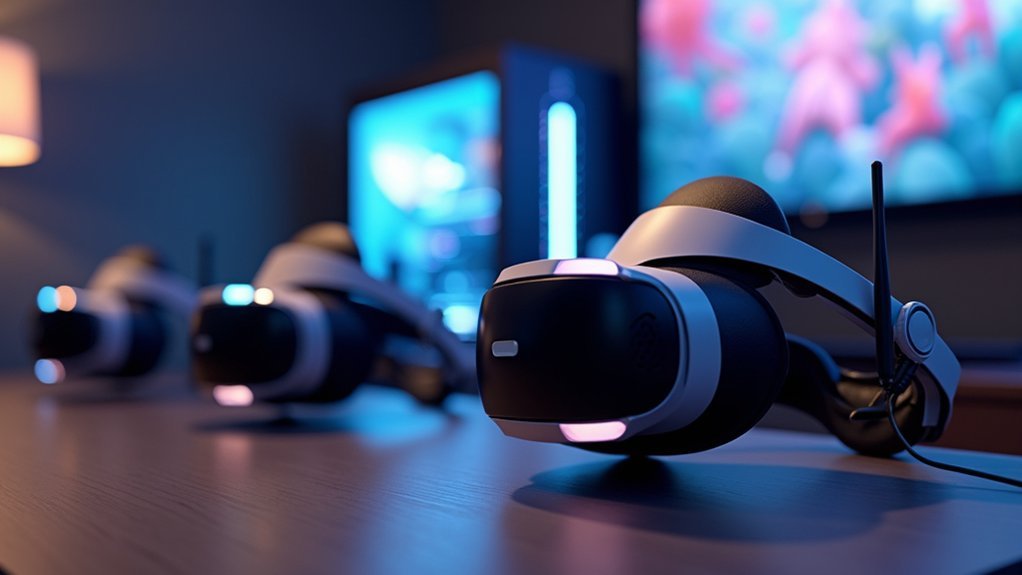
Before diving into the synchronization process, you’ll need to select VR headsets that work seamlessly with your chosen syncing software. Consider compatible hardware like Pico G3 or other models supported by VR Sync to guarantee peak performance.
Your network infrastructure must handle bandwidth requirements for streaming high-quality 360 video across multiple devices. A local network setup with wired connections typically outperforms Wi-Fi when managing several headsets simultaneously, reducing latency issues during synchronized playback.
Wired connections deliver superior performance over Wi-Fi when synchronizing multiple VR headsets for high-quality 360 video streaming.
Verify your syncing software’s device capacity limitations before finalizing your hardware selection. Confirm all VR headsets run the latest firmware versions and have updated syncing applications installed.
Connect every device to the same router to maximize performance and minimize connectivity problems that could disrupt your multi-headset experience.
Optimize Content Preparation and Testing Protocols
Once you’ve established your hardware setup, preparing your content with precise technical specifications becomes vital for flawless multi-headset synchronization.
Your video content should use 3840 x 3840 resolution with H.264 or H.265 codecs, 50 Mb/s bitrate, and 60 FPS for peak VR headsets performance. Testing your content directly on devices is essential—copy files and play them multiple times before your event.
VR Sync software streamlines content preparation by providing cloud access and publishing capabilities to multiple devices without manual labor.
Download the VR Sync app to each headset and enter unique pins to link them. Your published content automatically reaches all devices for efficient synchronization.
Use web-based playback monitoring during testing to confirm all devices function properly and build confidence before final deployment.
Implement Centralized Control and Monitoring Systems
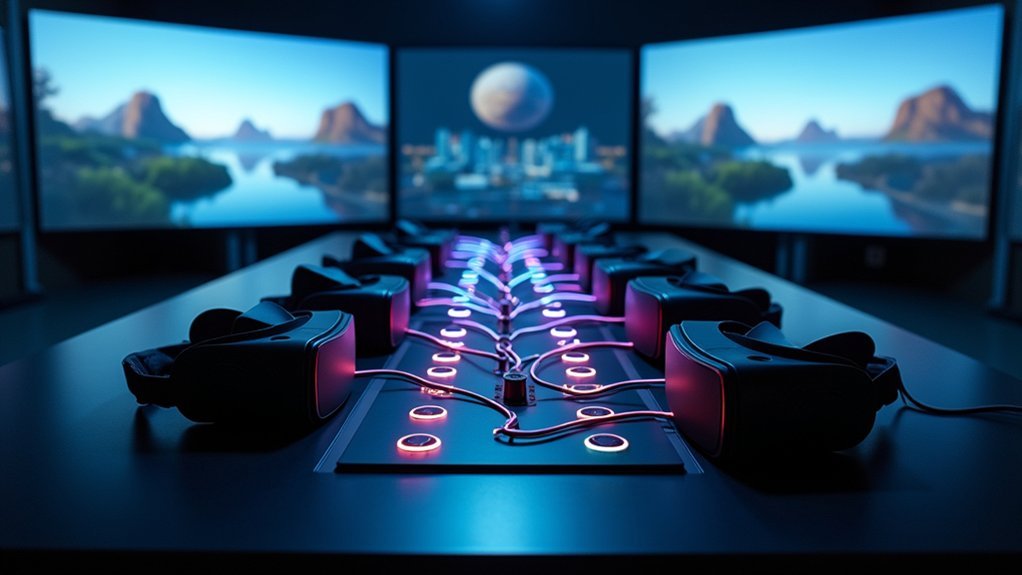
While content preparation sets the foundation, implementing a centralized control system transforms how you’ll manage your multi-headset VR experience. VR Sync software provides web-based remote control, letting you monitor and manage multiple headsets from one location. You’ll streamline the synchronization process by designating a single operator, greatly reducing user error during VR video playback.
| Control Feature | Benefit | Implementation |
|---|---|---|
| Web-based Remote | Real-time monitoring | Access from any device |
| Single Operator | Reduced user error | Designate point-person |
| Cloud Content Manager | Simplified distribution | Upload once, deploy everywhere |
| Centralized Playback | Perfect synchronization | Control entire group simultaneously |
| Status Monitoring | Proactive management | Track headset performance |
The cloud content manager enables seamless distribution to your group of people, while centralized control guarantees synchronized experiences across all devices.
Frequently Asked Questions
How to Control Multiple VR Headsets?
You’ll control multiple VR headsets using VR Sync software’s web-based remote. Verify all devices are charged and powered on first. Designate someone to monitor playback and device status for coordinated content distribution across headsets.
How to Focus VR Headset?
You’ll need to adjust your headset’s IPD settings to match your eye distance, clean the lenses with a microfiber cloth, and guarantee a snug fit to maintain clear focus.
Can 2 People Do VR at Same Time?
You can absolutely use VR with another person simultaneously. You’ll need compatible headsets like Meta Quest or Pico, proper space setup, same Wi-Fi network, and multiplayer-enabled apps for shared experiences.
Can You Sync VR Headsets?
You can sync VR headsets using specialized software like VR Sync. It’ll centrally control multiple devices for simultaneous playback when they’re connected to the same network with preloaded content.
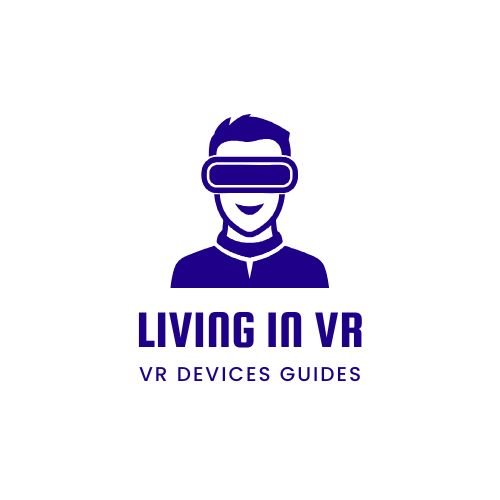
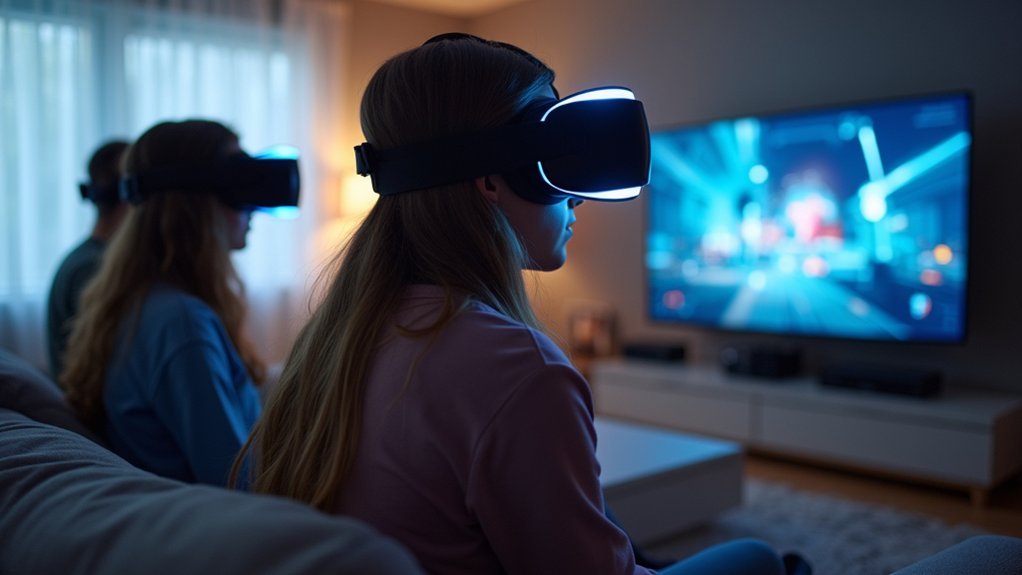
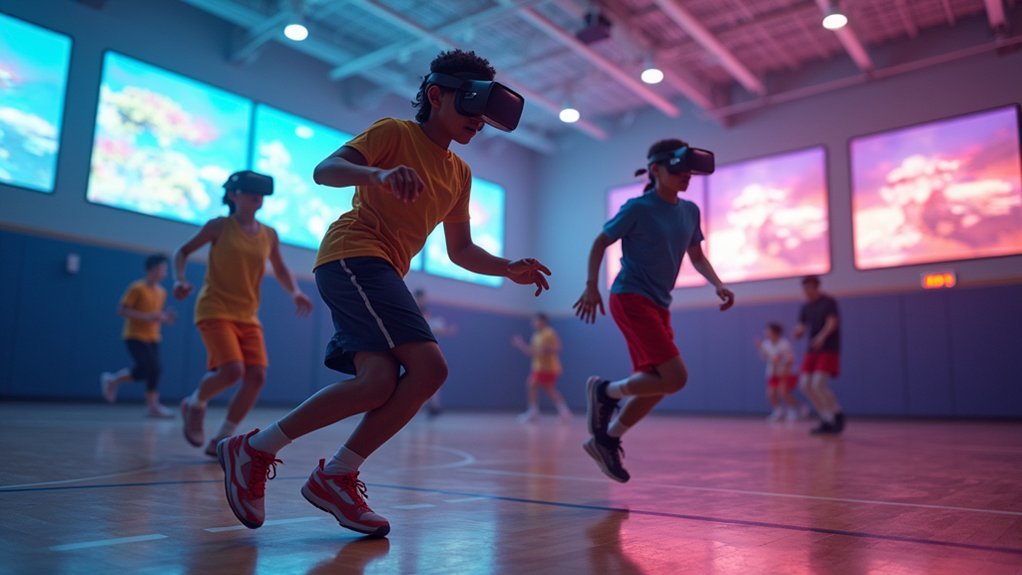

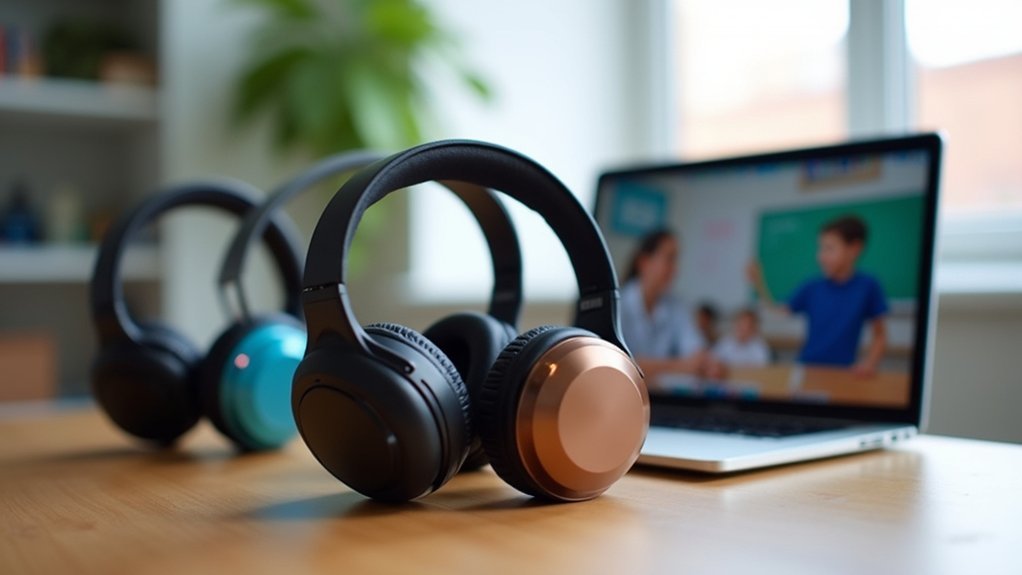
Leave a Reply